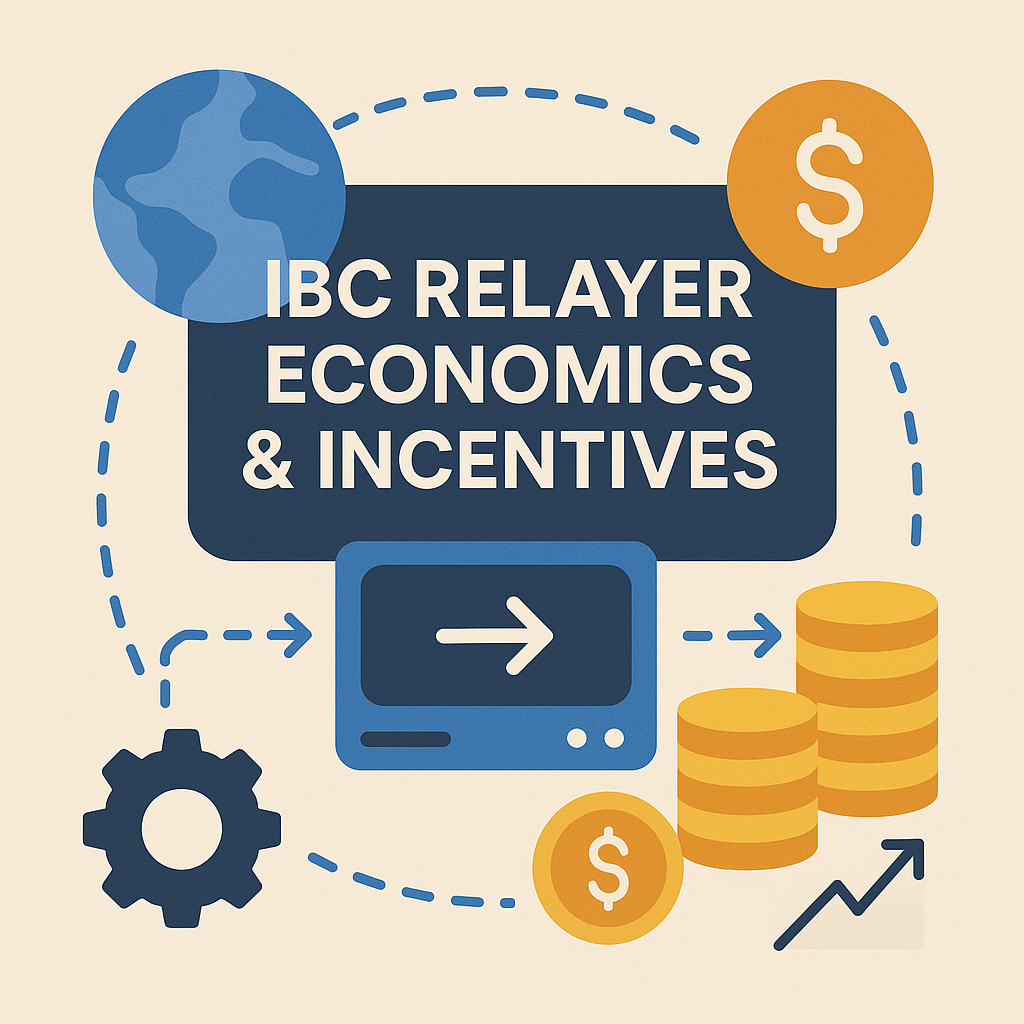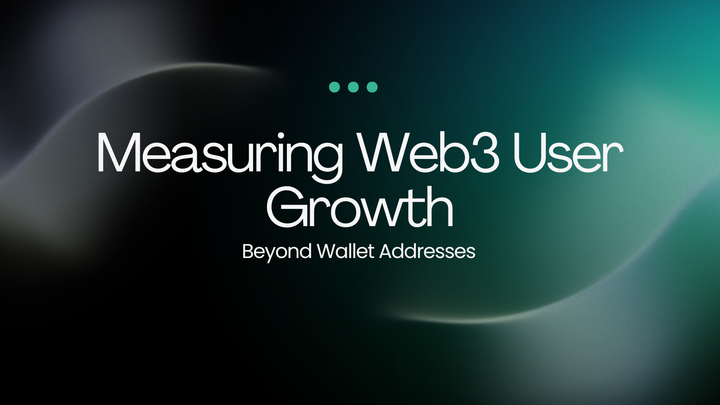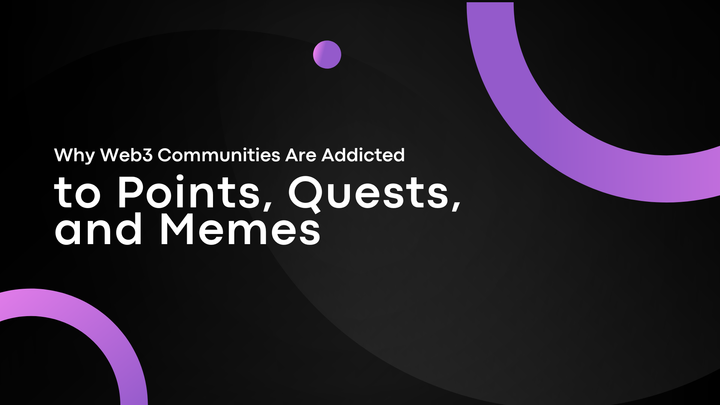IBC Relayer Economics & Incentives

The Inter-Blockchain Communication (IBC) protocol lets different blockchains talk to each other. But for this communication to happen smoothly, there needs to be someone in the middle making sure the messages get delivered. That "someone" is called a Relayer.
Let’s break down how relayers work and how they earn money.
What is a Relayer?
A Relayer is a special kind of software (or sometimes a person running the software) that helps move messages or transactions between blockchains using IBC. Think of them as messengers delivering letters from one blockchain to another.
Example: If someone sends tokens from Cosmos to Osmosis, a relayer makes sure the transaction reaches safely.
Why Are Relayers Important?
Without relayers, blockchains using IBC can’t talk to each other. So, even if two chains support IBC, they still need relayers to send and receive data.
Relayers:
- Help confirm transactions
- Keep communication live
- Ensure safety and speed
But here’s the thing: running a relayer is not free.
Costs of Running a Relayer
Running a relayer involves:
- High computing power
- Storage space to store blockchain data
- Bandwidth for constant internet connection
- Gas fees for sending transactions across chains
So, relayers need to be paid for their hard work. That’s where incentives come in.
How Do Relayers Make Money?
Relayers can earn in a few ways:
1. Transaction Fees
Some blockchains give a part of the transaction fee to the relayer who helped complete it.
2. Incentive Programs
Projects or ecosystems (like Osmosis or Cosmos Hub) may reward relayers with tokens for their service.
3. Relayer Subsidies
Sometimes, chains pay relayers directly (like a salary) to make sure someone is always available.
The Problem: Unstable Income
Relayers don't always get steady income. Some chains don’t pay at all. Others only reward if the relayer is fast and always online, making it hard for small operators to earn.
This can lead to:
- Fewer active relayers
- Less reliable IBC connections
- Slower or failed transactions
The Solution: Better Incentive Models
To fix these issues, the community is working on IBC Incentives Standards. These standards help make sure:
- Every chain supports rewarding relayers
- Payments are automatic and fair
- Users can choose to tip relayers when sending transactions
Conclusion
Relayers are the unsung heroes of the IBC world. They keep the multi-chain world connected. But to do their job well, they need proper tools and rewards.
As IBC grows, better relayer incentives will help blockchains become faster, more secure, and more connected.



Comments ()